7 kitchen lighting mistakes to avoid at all costs - from frustrating shadows to dark corners
Give your kitchen a glow up without getting caught out by these common pitfalls with the help of our experts
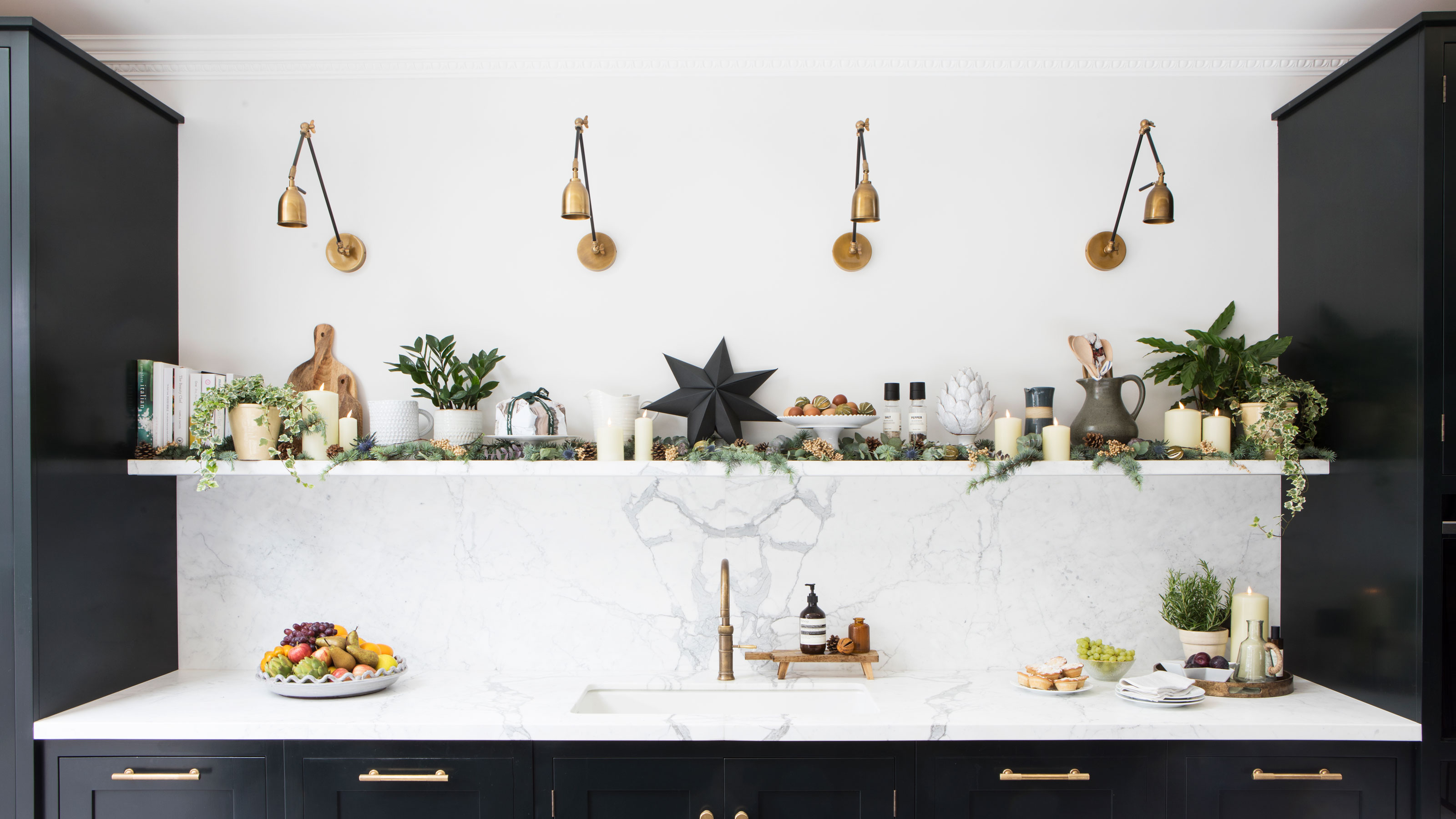

Failure to take kitchen lighting mistakes seriously may result in dark shadowy corners and a depressing atmosphere. Worse still, not taking the time to research smart kitchen lighting ideas, can prove seriously dangerous, especially when it comes to illuminating your main cooking and prepping areas.
If you value your fingers, functionality is ultimately the most important factor when planning kitchen lighting, but lighting can also have a huge impact on the overall design. Perfectly executed small kitchen lighting ideas can transform the fortunes of a cramped kitchen.
‘Increasingly we’re seeing a demand for jewellery pieces like an extravagant chandelier or decorative set of pendants above the island,’ adds Helen Pett, design ambassador for Arteriors London. ‘This style of statement light fitting can really bring something special to your kitchen design.’
Kitchen lighting mistakes to avoid
One of the most common lighting mistakes is to leave it as an afterthought. The best kitchen lighting schemes are planned in tandem with first fix electrics and plumbing to avoid having to rectify mistakes after your kitchen is fully installed and beautifully decorated.
1. Poorly positioned downlights
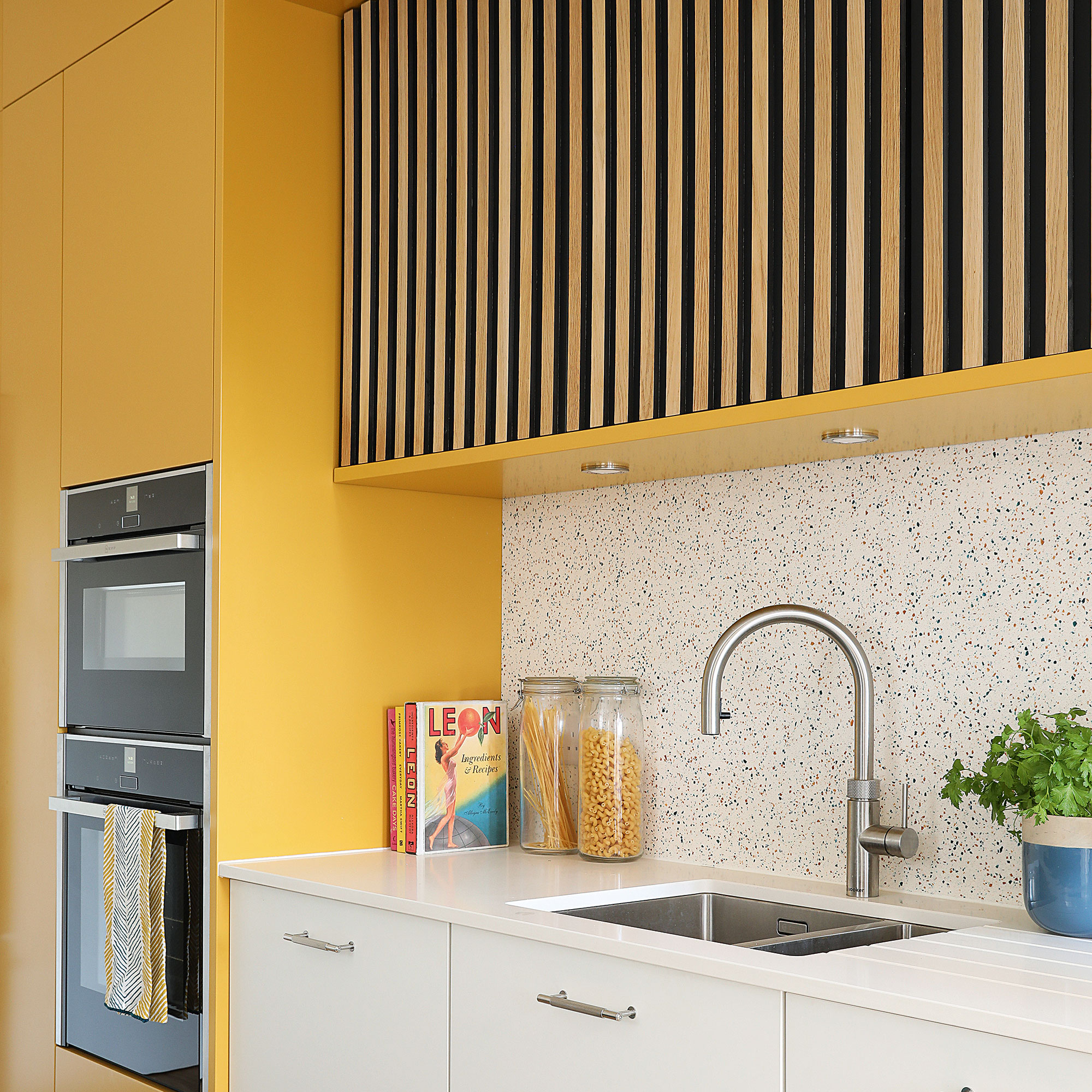
‘Properly placed task lighting is essential in the kitchen to avoid frustrating shadows,’ says Julian Page, Head of Design at BHS. ‘Avoid this common mistake by ensuring that adjustable spotlights and downlights lights are installed at a correct distance from the front of the cabinets, providing direct illumination onto your countertops and workspaces, and banishing those pesky shadows.’
This impractical error is often caused by electricians (or homeowners) assuming downlights must be arranged in neat rows so that they look nicely aligned on the ceiling but in reality downlights are barely noticeable when turned off, especially if you choose fittings with minimalist trims in the same colour as the ceiling.
When planning a kitchen, a good rule of thumb to get the position right is to line ceiling downlights up with the edge of your countertops, so it hits the prep area you are working at, not the top of wall cabinets or coming from behind your head. Adding spotlights under any shelving, wall cabinets and cooker hoods will also help bring light closer to where it’s needed and irradicate shadows at the back of the worktop.
Get the Ideal Home Newsletter
Sign up to our newsletter for style and decor inspiration, house makeovers, project advice and more.
2. Harsh lighting
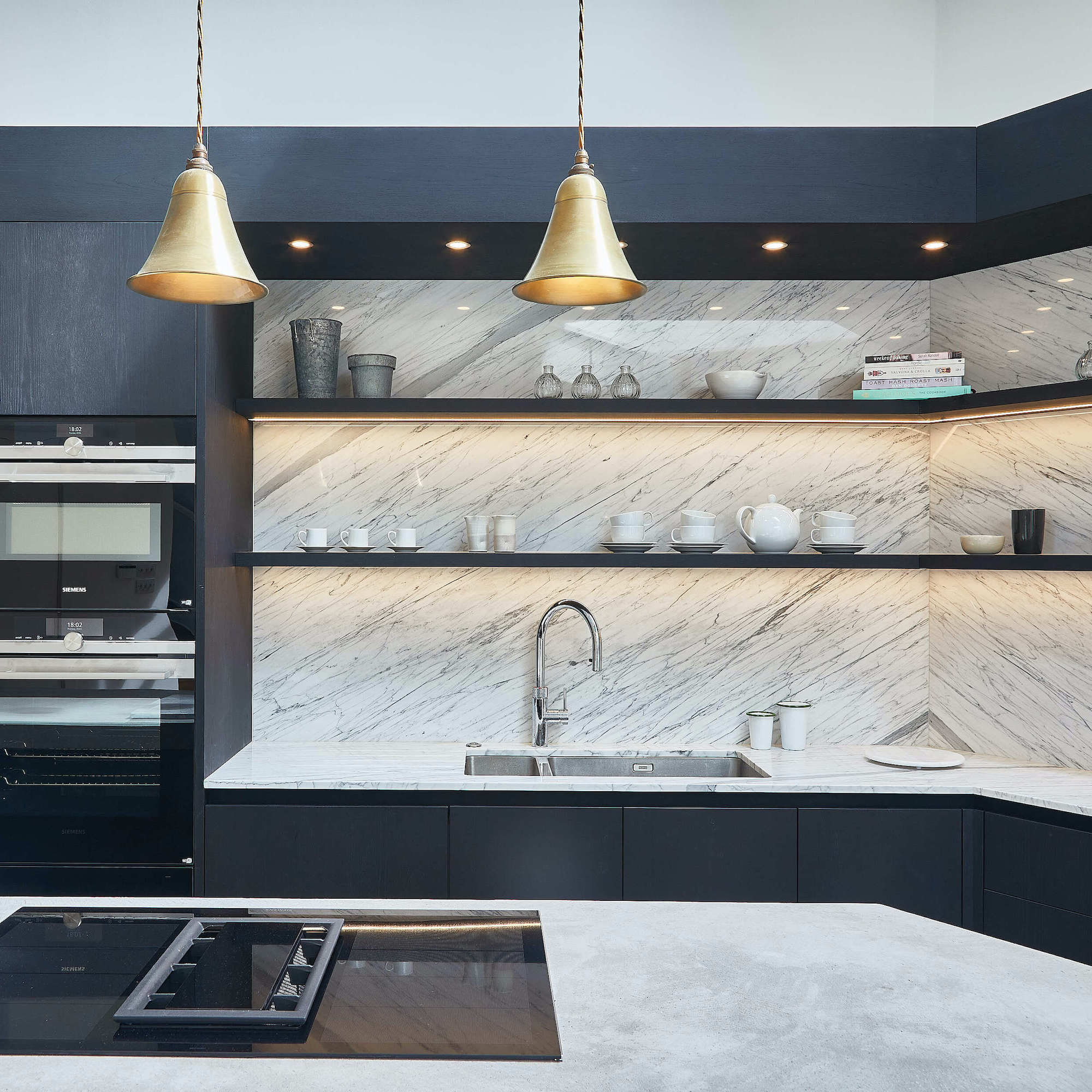
‘Having harsh lighting in the kitchen can harm our health, overstimulating us, cause headaches, and often anxiety. A fundamental mistake when planning kitchen lighting is not considering the significance of Kelvins and bulb temperature,’ says Peter Legg, New Product Development Manager, Där Lighting.
Colour temperature is measured in Kelvins (K) – the higher the number, the colder the colour temperature. For example, bulbs emitting 4500-6500K are great for visibility but will cast a sickly blue tinge, while warm light, under 2,700K is much cosier but not great for focussed tasks like knife-work. ‘We suggest lightbulbs between 2700-3500K. 2700k creates just the right amount of warmth and cosiness, highlighting décor whilst allowing enough light for daily tasks such as cooking and eating meals,’ adds Peter.
3. Not checking energy consumption
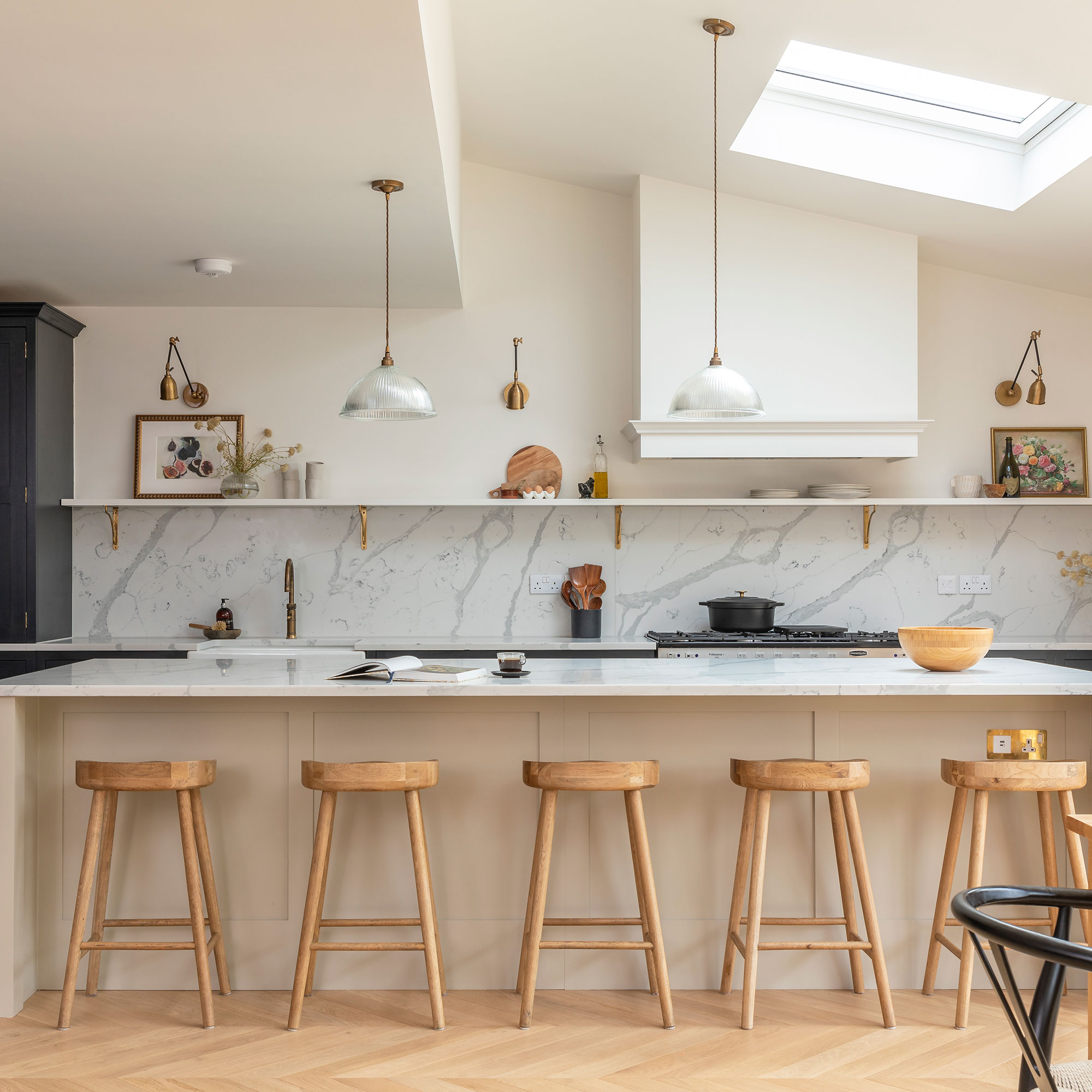
The kitchen is likely to have more light fittings than any other room in your home, so it (literally) pays to make light bulb energy ratings a priority when planning your kitchen lighting scheme. And if there’s one thing the experts agree upon, it’s that LED lighting is the way forward if you’re looking to keep energy consumption down – better for the environment, and your pocket. LED lights are believed to be up to 80% more energy-efficient than fluorescent lights, which are in the process of being phased out.
‘Offering a remarkably long lifespan of up to 50,000+ hours, LED lights are also known for their durability and resistance. They offer comparable, if not better, light quality than other bulbs on the market, which is of great importance in a busy environment, such as a kitchen. LED lights also emit very little heat, which is particularly beneficial in a kitchen,’ adds Piero De Marchis, Director, Detail Lighting.
4. Failing to fit internal lights
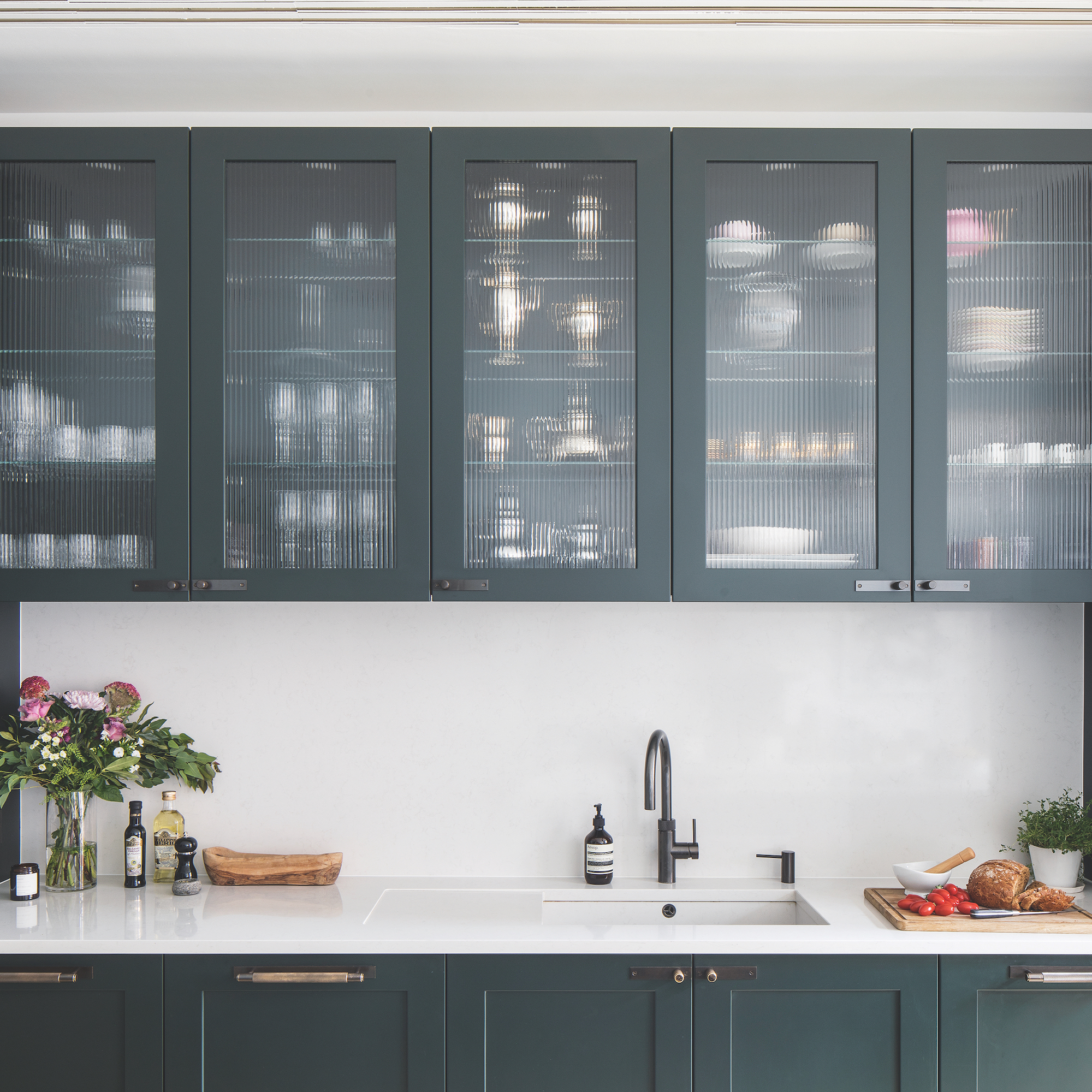
Excluding interior illumination on your kitchen lighting scheme is a big mistake, on multiple levels. ‘Neglecting lighting inside glazed cabinets is a mistake, as it hinders the visibility of the items inside, resulting in shadows that can diminish their visual impact. Meanwhile, thoughtfully positioned interior lighting not only accentuates the contents but also infuses depth and sophistication into the overall kitchen design,’ explains Molly Chandler, Designer, Willis & Stone.
‘Similarly, forgetting to include lighting inside pantries and larder units will considerably compromise visibility, making it harder to locate items. Instead, incorporate well-placed interior lighting in these storage spaces to ensure a well-organised, practical and easily accessible area which is a joy to use,’ says Molly.
The easiest way to incorporate internal lighting inside glass kitchen cabinet ideas is to wire them on the same lighting circuit as your accent lighting. Cabinets with solid doors, like larder and pantry units, can work better when fitted with a motion or light sensor switch which will come on automatically when the doors are opened.
5. Pendant overkill
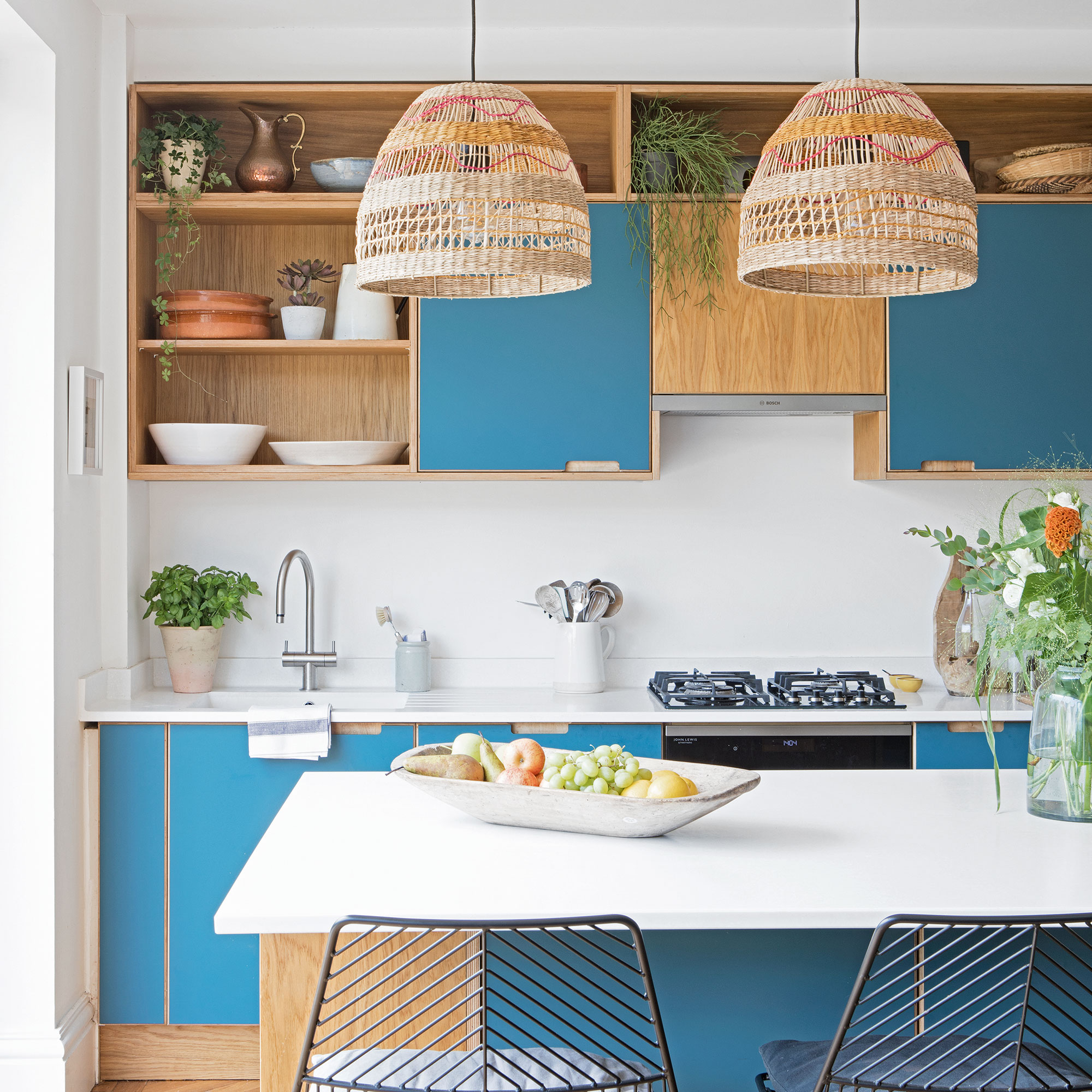
With so many amazing pendant lights out there, it’s so easy to get carried away in the kitchen – but the results almost always equal chaos. This lighting crime is particularly rife in kitchen-diners that have both a kitchen island lighting idea and one above the dining table, which, we can all agree, are prime candidates for a lovely line-up of pendants.
‘The simplest solution is to follow the rule of three when hanging pendants above an island or dining table – but not both,’ says Kris Manolo, Design Lead at Atkin and Thyme.
So, if you have opted for three pendants above your island unit, then the dining table gets just one (or none – go for downlights for a more minimalist look), and vice versa. Use whichever piece of furniture is longest to decide which gets more pendants. If your island or table is very long, you may need five pendants to produce an even spread of light.
6. Dissing dimmer controls
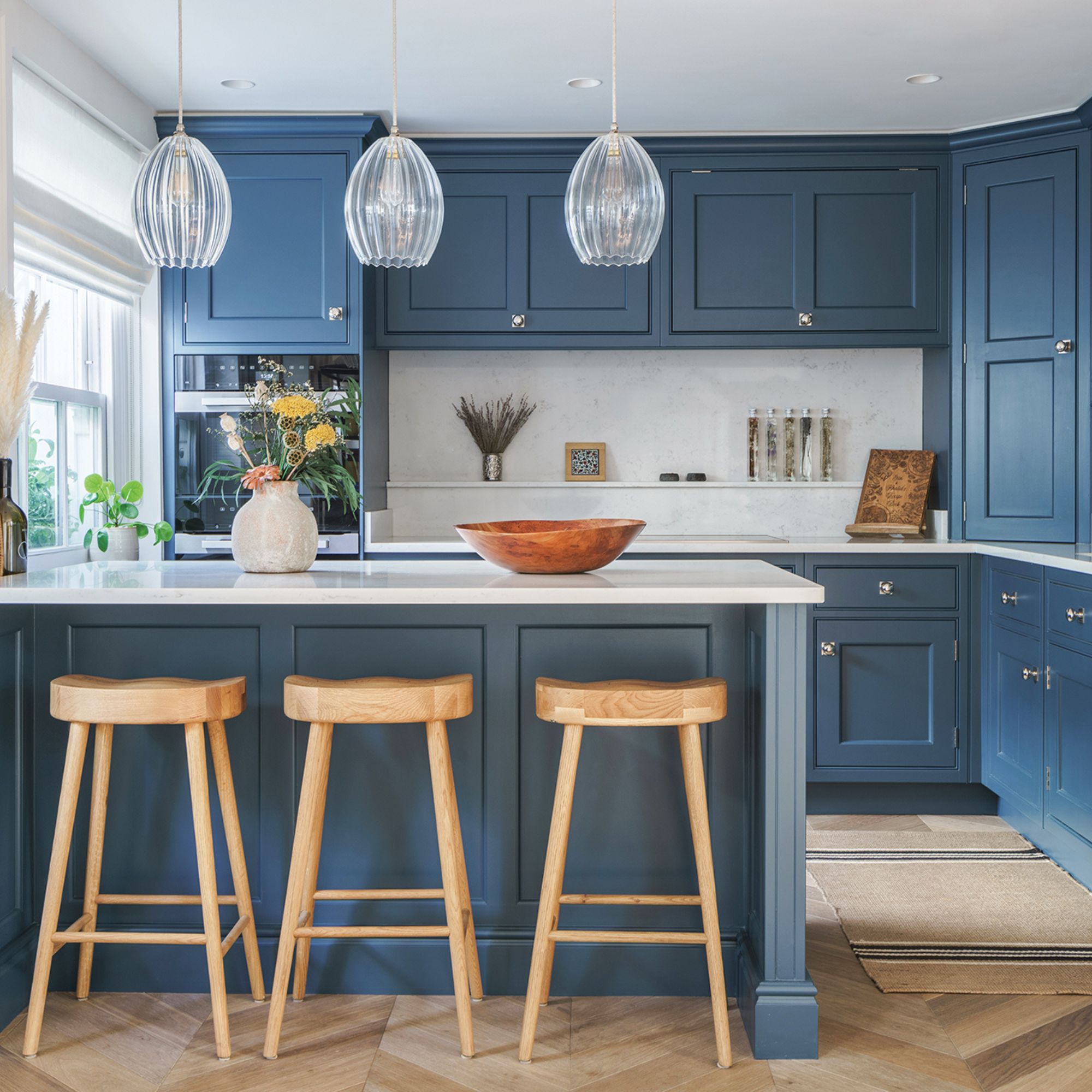
Dimmer switches are often used to control the light levels in living rooms but they’re just as brilliant in the kitchen, not just for mood lighting but task lighting and ceiling downlights as well.
‘Dimmable lights are a great choice for the kitchen and will offer varying levels of ambience that can be so easily adjusted through the day and according to what you’re doing,’ Peter Legg, Lead Designer, Där lighting. ‘Dimmable controls are also a more energy-efficient choice and can help extend the life of your bulbs.’
When buying dimmer switches, it’s important to ensure they are compatible with your bulbs. While the lights may still work, they will likely prove flickery, difficult to dim and even buzz. Your electrician should be able to advise, or chat with your lighting supplier.
7. Not controlling the mood
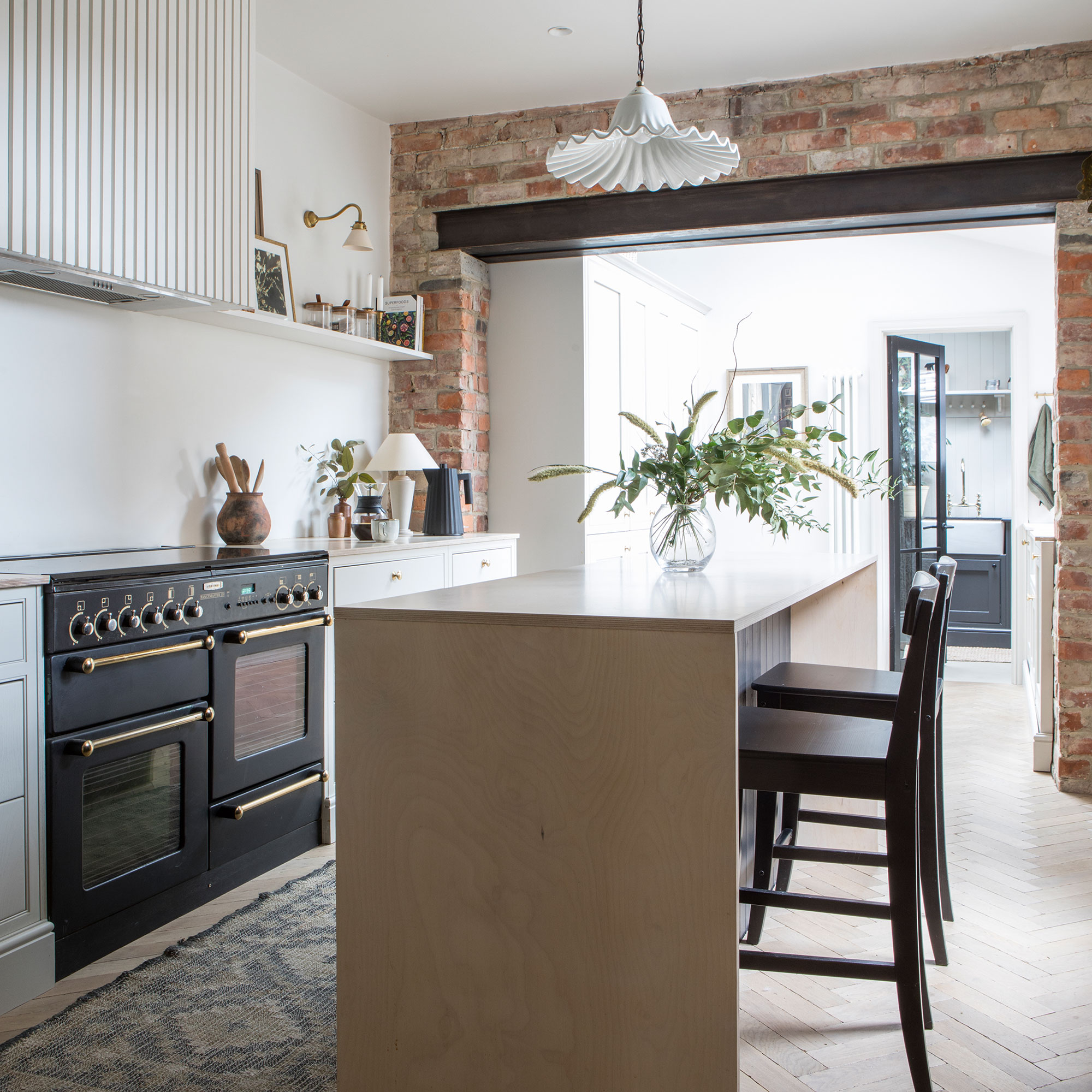
As sociable spaces, often open to dining and living areas, kitchens are at the very heart of entertaining in the home. Not harnessing the ability of lighting to get everyone in the mood to relax in the kitchen is a major faux pas.
Mood control is where atmospheric lighting is your friend, producing low-level, easy-on-the-eye illumination that’s more intimate and inviting. The best mood lighting is subtle, low level and discreet. Top locations to target mood lighting include the inside of glazed wall cabinets and dressers, up-lighting splashbacks and hidden under the kitchen plinths.
‘To help craft your desired atmosphere opt for warm, dimmable LED bulbs to set the right mood, allowing you to adjust their brightness as needed,’ recommends David Amos, CEO of Amos Lighting + Home.
Ideally, the more practical (and less pretty) side of cooking, such as the sink area and stove, will be plunged into darkness when the mood lighting is in play. ‘Ensure that these fixtures can be controlled separately from your task lighting, so you can customise the lighting for all occasions, making it the perfect space for both cooking and entertaining,’ adds David.
FAQs
What is the rule of thumb for kitchen lighting?
There should be four types of lighting favoured in a kitchen: ambient, task, accent and decorative, according to Matthew Currington, Technical Director of The Lighting Superstore. ‘To achieve this, the main light source in a kitchen should be cast as evenly as possible to illuminate the entire room. However, this can leave shadows in areas that require more focus,’ he says. ‘So, as a rule of thumb, under-cupboard lights are ideal for task lighting so work surfaces and cabinetry are properly illuminated. Accent and decorative lighting are the cherry on top as they can accentuate your favourite features.’
Can you have too much lighting in a kitchen?
‘While ample lighting is important in a kitchen, if you install too much it can start to look clinical and harsh,’ says Piero De Marchis, Director, Detail Lighting. ‘Ensure that your lights are installed evenly throughout the space, and try a combination of designs, such as under-cabinet lights, wall lights, spotlights and pendant lights to give the space some character and balance. It’s important not to forget mood lighting, for example, lights which can be dimmed to reflect the change in ambience. Avoiding shadows while you are preparing food is key.’
If you give your kitchen lighting that extra bit of thought, we promise you'll reap the benefits with a bright and practical culinary haven.

Linda Clayton is a professionally trained journalist, and has specialised in product design, interiors and fitness for more than two decades. Linda has written for a wide range of publications, from the Daily Telegraph and Guardian to Homes & Gardens and Livingetc. She has been freelancing for Ideal Home Magazine since 2008, covering design trends, home makeovers, product reviews and much more.
-
 Aldi is launching a £200 day bed with four different features - its sleek design is suited to the whole family
Aldi is launching a £200 day bed with four different features - its sleek design is suited to the whole familyYou don't want to miss out on this Specialbuy
By Kezia Reynolds
-
 How to set up a drip watering system that saves water and a lot of effort
How to set up a drip watering system that saves water and a lot of effortKeep your plants hydrated (and your water bill down) with this clever garden watering solution
By Natalie Osborn
-
 I unboxed the Ninja Slushi – here's what happened
I unboxed the Ninja Slushi – here's what happenedThe Ninja Slushi is the stuff of dreams for summer entertaining
By Molly Cleary